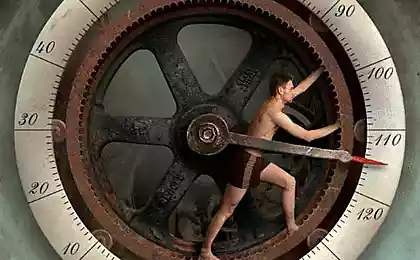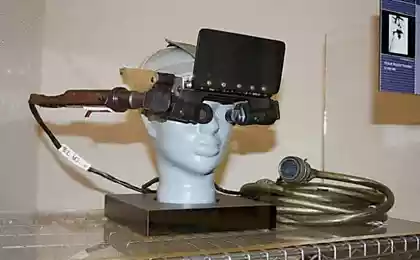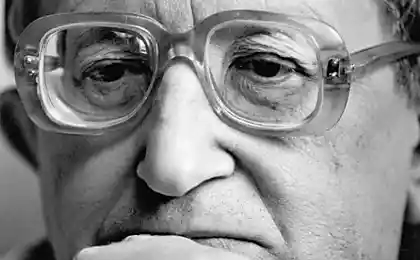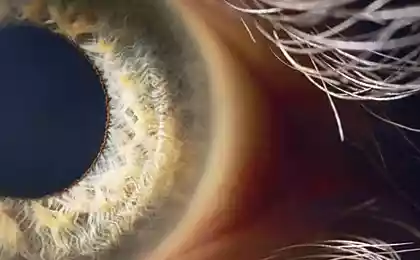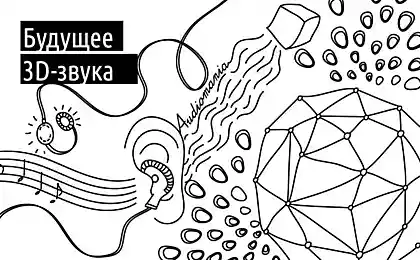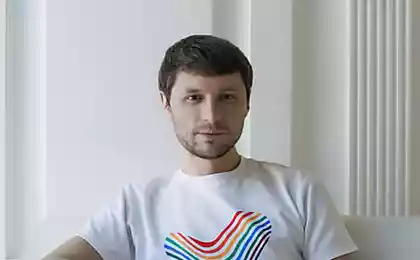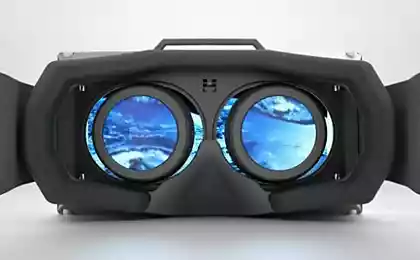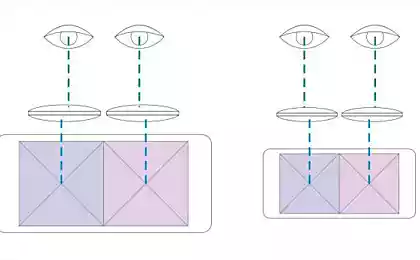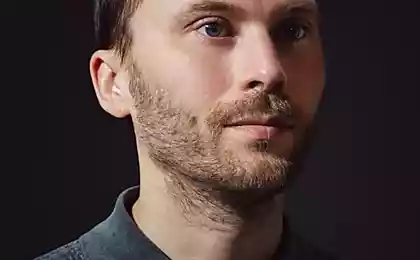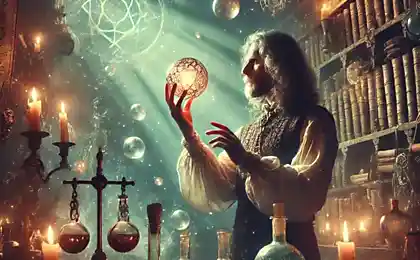453
As science brings immortality to reality
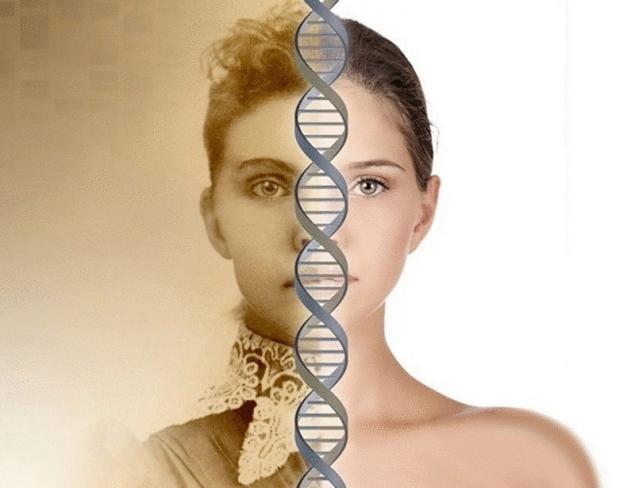
Search Ponce de león fountain of eternal youth may be a legend, but the basic idea — the search for a cure for old age — is quite real. People have tried to crack the code to eternal youth almost from the beginning of mankind. We tried everything we could imagine from magical objects and epic journeys to sacrifices and drinking blood (also invented monsters that live forever, drinking blood). There was only a matter of time before science got involved in these searches, and, you know, some real steps in this direction it was possible to do.
The scientific search for bestertester, at the molecular level, makes no sense. Our bodies are constantly creating new cells and restore our natural protection abilities, but we still age. Entropy takes the best of us, and we accept it as inevitable, although science has made great strides forward, increasing our life expectancy. Over the last century life expectancy has increased, and people in developed countries can live about 80 years, which is more than 47 years in 1900. The increase was due to more advances in treating childhood diseases, but it also led to a rise in chronic diseases in old age. Heart disease, cancer, Alzheimer's disease is a serious problem, and each of them individually treated or not treated at all. It would be much easier to just swallow a pill and strengthen the resources of the body.
Scientists are well aware of these problems and are constantly experiencing various methods to restore the vitality of the human body. The restoration of homeostasis or the body's ability to self-stabilize their systems in response to stress like physical exertion, hot and cold weather, high or low light is the main direction. The human body is first and foremost a complex biological machine, and old age is, in fact, a mechanical problem, which must be dealt with.
And if the solution to this problem is to keep people healthy and free from disease as long as possible, then science has a very good chance to cope with this.
The biggest villain, which prevents us to live long, it is the enzyme telomerase. Discovered by Dr. Elizabeth Blackburn (who received a Nobel prize for his discovery), telomerase replicates the DNA sequence at the end of chromosomes that cover each chain and determine the beginning of the next. She is responsible for the message to our cells when to stop the growth, and every time covers chain, a small part of the information cells about how we need to rebuild is lost. As a result, scientists are looking for ways to prevent the loss or to activate telomerase, when she can't fight aging at the molecular level.
However, science does not always know what the problem is telomerase, so throughout the history of science have proposed other solutions. Aviator Charles Lindbergh tried to cheat death in search of a way to replace our bodies with machines, like those doctors use in modern medicine for the temporary replacement of the lungs. Cloning, cyborgs, nanotechnology regeneration of cells and 3D printed organs are a continuation of the line of thought of Linbergh, which can hardly be called wrong. In any case, all these methods rely primarily on the replacement of body parts, not to stop aging.
Science fiction writers often prompts you to download the human brain in a computer and thus achieve immortality, and the science of the real world says that it is quite possible. The so-called "whole brain emulation" will enable scientists to propel us to this form of immortality, and in the future to create a neural device that will enable you to work with the human body just like our brains, and therefore create "perpetual brain." Science fiction has also prompted us to the idea of cryogenic preservation of the human body by slowing metabolism and conserving resources — in other words, freeze. But this measure is more protective than solves the problem.
Current research issledovaniye University of California San Francisco successfully reversed the effects of aging and diseases of old age in mice by infusion of blood of young mice to old. In particular, they found that the blood of 3-month-old mice reverses age-related decline in memory, learning and brain function in 18-year-old mice (equivalent of 70-year-old man). The researchers also found that when they injected only plasma into old mice, those have increased endurance and motor function, becoming with their 3-month peers on the same level. The scientists were able to identify a chemical signal, a particular protein which acts as a key regulator of the brain where activity increased with the young blood. However, the fact that no specific mechanism or drug that will solve all the problems with aging and some scientists expect to find, when you start to experiment with people.
Silicon valley — the main center of scientific work on aging. Google created Calico Labs to do the treatment back the aging and develop drugs that will help our biology. Human Longevity is focused on creating a database of 1 million human genome sequences by 2020, to improve the quality of anti-aging. Awards Palo Alto Longevity Prize, each in $ 500 000, was awarded for "innovation in the restoration of homeostatic capacity of the organism" and "promotion of extension of a stable and healthy life." The stated goal of all these companies is to develop methods to fight aging and diseases of old age specifically, but really all they bring us closer to immortality.
Why Silicon valley is involved in this? Aubrey de grey, one of the pioneers of the industry, believes that a successful medicine for anti-aging has the potential to become "the biggest industry that ever existed with large opportunities for profit."published
Source: hi-news.ru
Yaroslav Shadrin: Picasso absorbed the life force of the woman, and Gave erected it on a pedestal
Empathy with Christ - what to do if you can not be in the temple on Easter
